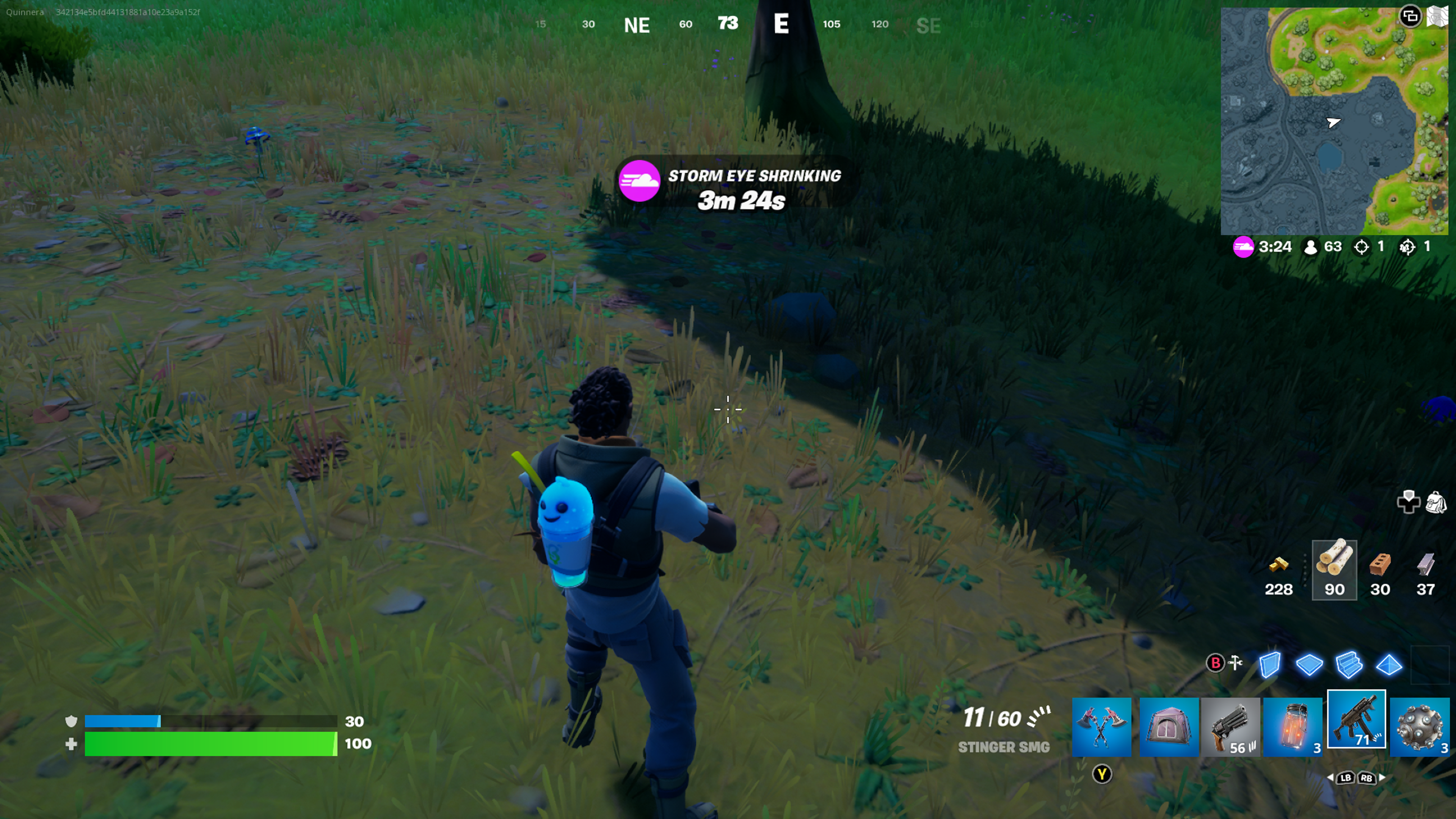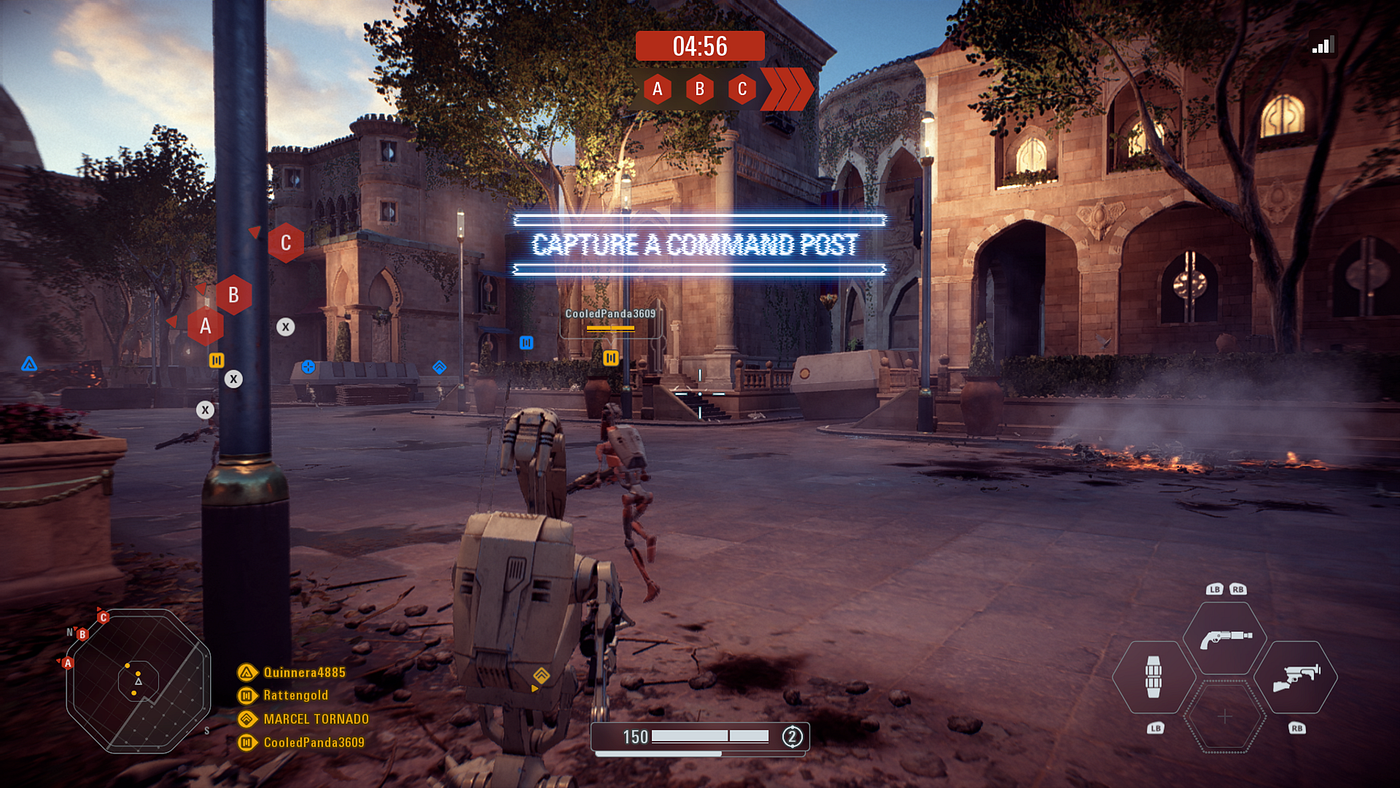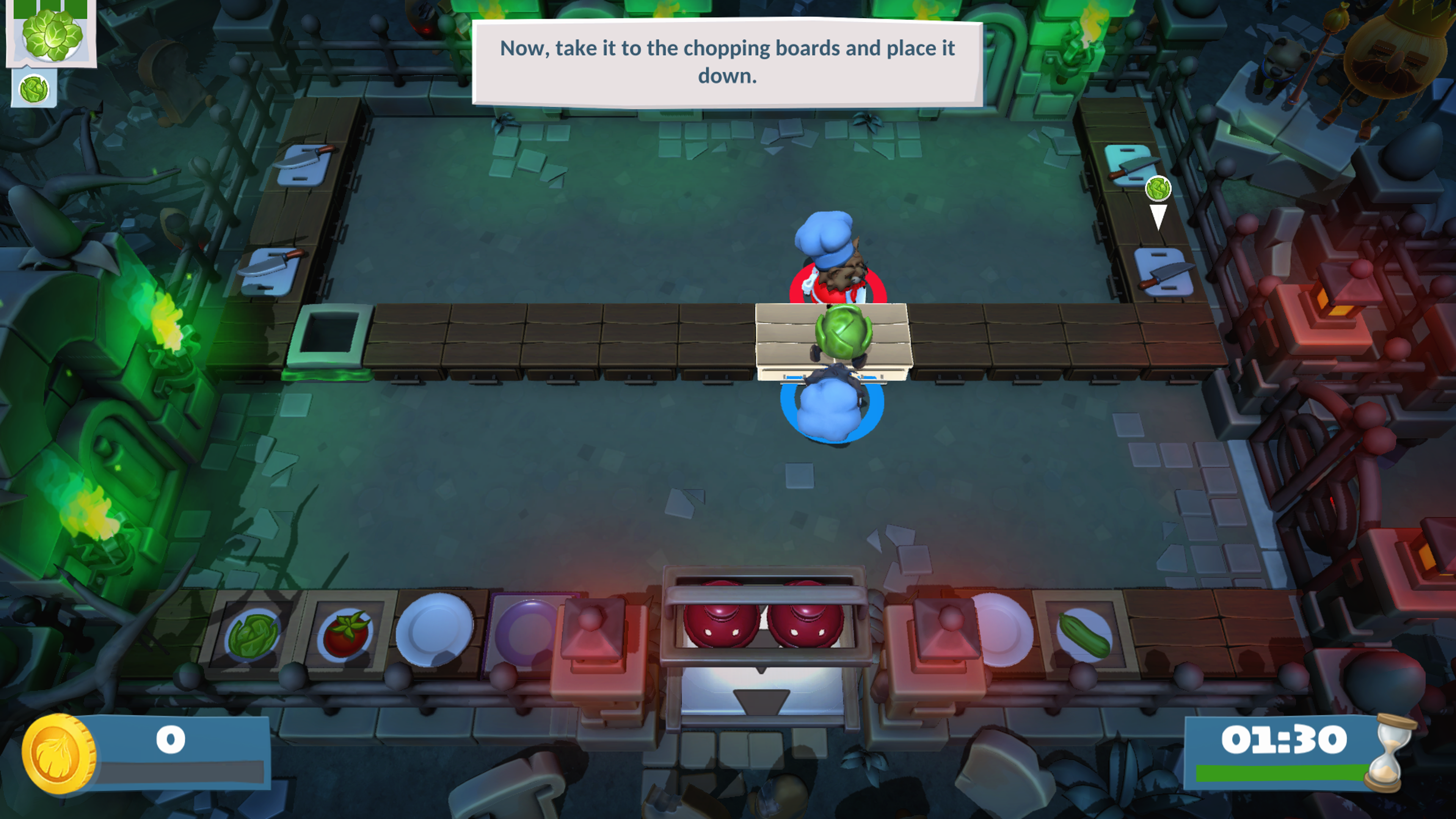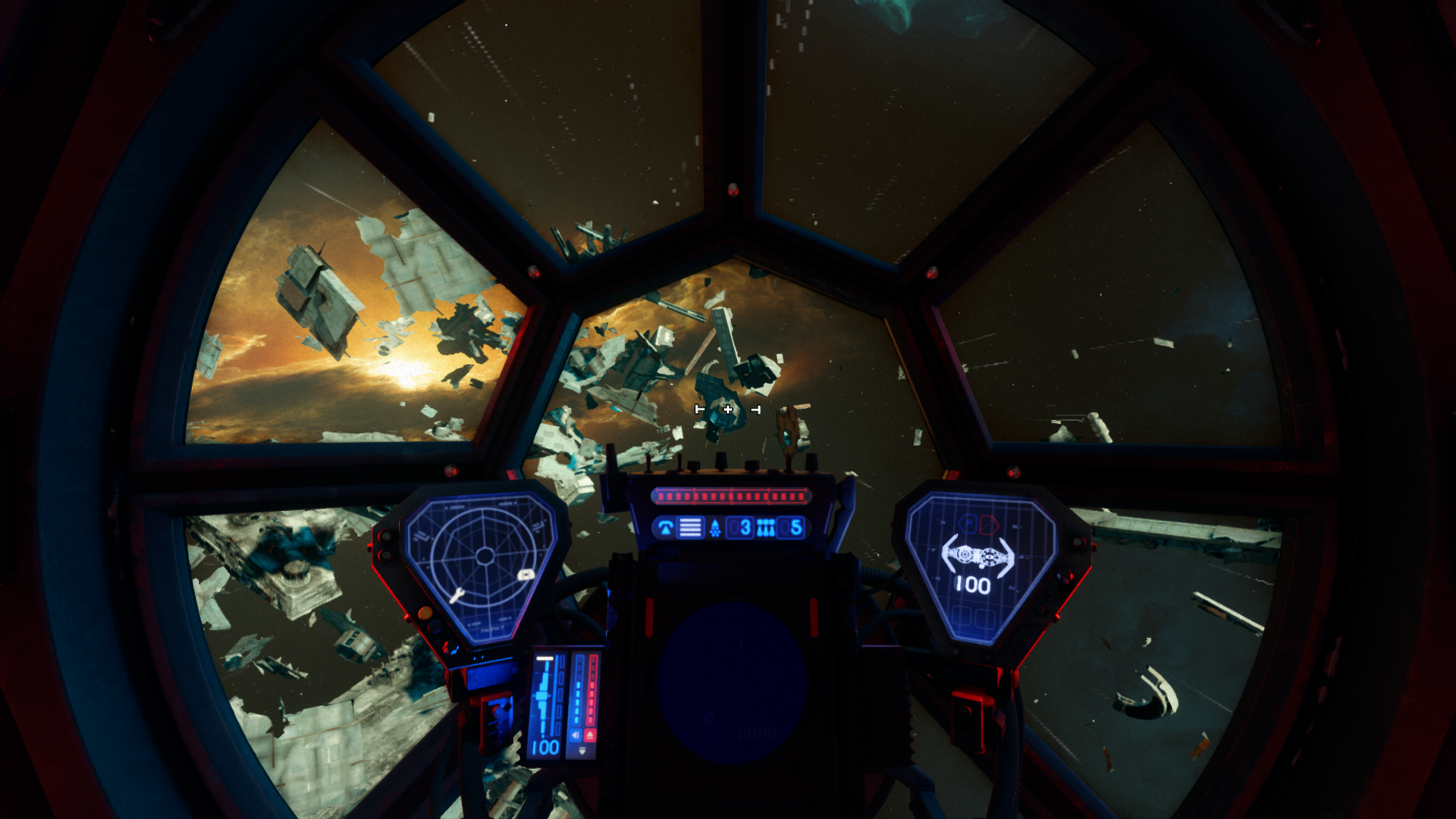
Today, there are almost too many academic papers proving that gaming isn’t bad, and in small quantities, actually good for you, and your brain. But it wasn’t always viewed this way, and even today, most parents would rather not have their children on consoles. Game designers have been fighting this battle for decades. Joining their ranks, are product designers. Why? Game design has been embodying aspects like accessibility in digital design for a while, and honestly, it’s inspirational. But how is it good for your brain? Let’s get to it.
Are we talking about the group that plays FIFA over a weekend once a month or the DOTA tournament gang? Neither. We’re here to talk about the casual gamers — the ones that average anywhere between 5–10 hours a week, on several different games. The reason we aren’t being entirely inclusive is that like any other regime, training your brain is all about consistency. If you’re playing once a month all through a weekend, maybe you’ll see wisps of some of the below, but it’s quite likely that you’d be part of a control group in any academic study about gaming. And if you’re playing 5 hours a day, you’re either training to be a pro-gamer and head to The International soon, or you’re an edge case.
Like everything fun in the world, it’s good for you, but only when it’s in moderation.
After consistent exposure to games, the brain starts viewing gaming as another skill that it needs to learn. In order to learn and replicate certain actions every single time, it needs to learn micro-skills first, and then connect the dots by literally connecting its neural networks. Since the average gamer does not limit themselves to one game, or even just one genre, this is a herculean task — that in most cases, the brain is achieving rather easily.
As per this study, mapping real-time brain activity, VGP (Video Game Players) have comparatively increased activity in three regions of the brain — the right lingual gyrus, the left thalamus, and the right supplementary motor area.
Increased activity = Faster brain
Studies also show that VGP have better brain plasticity. Brain plasticity or neuroplasticity is the brain’s ability to change, adapt or grow through its neural networks. You can see here how VGP have a beefed-up entorhinal cortex, as compared to NVGP (Not Video Game Players). The fact that their brains can beef up, shows evidence of higher neuroplasticity by itself.
Higher neuroplasticity = A brain that is more flexible
But does any of this jargon really affect life outside of virtual realities and fMRI machines? Absolutely, and in more ways than we realise. But game design, and its fidelity, have a very large influence on any and all of these effects. Since high-fidelity games are the only ones that are really consciously striving to make gamers smarter, those are the ones that we’ve selected to reference here:
Decision-making, like every other complex neurobiological function, tends to be broken down into several small functions. All these smaller functions can be classified into two categories — one that includes making rapid decisions on the basis of momentary evidence presented to you. The second encompasses choosing between multiple options presented to you, on the basis of previously gained information. In complex and high-fidelity VG (Video Games), the user is generally presented with a combination of both, in varying degrees from time to time.
Game designers focus on making their users more and more comfortable with decision-making, without really letting decision fatigue set in.
Imagine having to choose a new outfit for Mario each time you advanced to a new level. Would you ever rescue your Princess Peach?
But what about when there is much more at stake? If you’ve ever played Fortnite — especially the 100-player Battle Royale (with only one victor!) — you’d know that your first few decisions are crucial to your entire game. VGP that spend their time playing action games are generally shamed for their penchant for violence, even though these theories have been discredited. Turns out, being steered into just the right mix of environmental stimuli, complex but intuitive gameplay, and competition — is all that they needed. Action VGP are up to 25% faster at decision-making, and just as accurate as their strategy game peers. For today’s VGP, the folks at Epic are trying to make them even faster. Every few minutes, all standing players are pushed closer and closer together, by way of a storm. This goes on for about 20 minutes, or until they fight it out.


Several studies using real-time fMRI (Functional Magnetic Resonance Imaging) data have concluded that VGP have increased decision accuracy, and reduced response time, as compared to NVGP.
The memory palace, or mind palace, is a technique of remembering things by attaching them to places or objects within an imaginary room or structure. Visual and kinaesthetic learners tend to employ this technique more often. You can find out what type of learner you are through the VARK questionnaire. But you don’t need to be Sherlock to experience it. VGP are familiar with using imaginary places to store information, and can easily adapt this technique because game designers have been training them for years. Game designers use their subjects to help you create your own worlds, like in SIMS or Minecraft. Or they get you familiarised with a whole new world, especially in RPG (Role-playing games) like Sniper Elite or Battlefront. Most of this is done through visual cues, with little to no supporting text. It’s a complex process of training the user’s brain to commit several details to memory, without it feeling like an exercise.

Data-heavy research papers like this one, have focused on the synergistic effects of gaming on the cognitive abilities of VGP, proving that gaming can have long-lasting improvements on working memory, not just one particular technique of remembering.
Attention, just like its peers — is also a complex task broken down into bite-size tasks by our brains(sensing a theme?). A quick web search for ‘the effects of video games on the brain’ will bring you to several papers on increased attention. But how are game designers doing this so easily? And how have they been doing it for decades?
It starts with training. Every player is introduced to their environment, character, abilities (and the controls for it all), and trained, through small and easy tasks. This engages the player’s dorsal frontoparietal system, which attends to goal-oriented behaviour.


This is followed by repetition. VGP are quite used to this by now, but the first little while of getting into a new game can be a soup of emotions — excitement, impatience, frustration, an absolute delight, and more. This, for the most part, is the bit of the game that you need to get through to get to the good stuff. By making repetition almost mandatory, players are habituated to everything slowly. Since this exercise depends on quite a bit of sensory stimulation as well(controllers, audio, and the ever-changing visual cues), it engages the ventral network of the brain.

Players are then encouraged to practice — through some simpler modules and processes that remain optional to the game itself in most cases. If a player continues playing the game, practice sessions or not, the outcome remains the same — greater frontoparietal recruitment. The VGP get to a place of expertise, or at the very least, confidence in their grasp of the game.
Since attention is a limited resource, all of us need to be better at resource allocation.
This study compares VGP with NVGP, concluding that VGP have better top-down resource allocation skills, especially during attention-demanding tasks. And this study concludes that VGP have plastic changes in the exact two regions of the brain that are linked to attention and sensorimotor networks.
Action games are better at improving selective attention than RPGs or strategy games, simply because of their nature — excessive attention demanding systems, and the need for precise timing in action games. But the latter two, seem to hone planning skills and cognitive control. Think of any RPG — you can approach a problem from many different routes — but the skill is to find the best one for you.




Visuospatial skills
Video games are a very visual business. They rely heavily on the player’s visuospatial skills, which encompass perceiving, recognising, and manipulating visual stimuli, through a combination of visuomotor coordination and navigational skills.


While all of this action starts in the occipital lobe, it can still be split in two. The visual ventral stream is responsible for visual processing; and the visual dorsal stream takes care of spatial location. The ventral stream connects to the inferior temporal cortex, while the dorsal stream connects to the posterior parietal cortex — proving the role of the hippocampus here.
VGP brains have been noted to have high volume enlargements of the right hippocampus, especially the entorhinal cortex — which serves as a hub for many functions — memory, spatial reasoning, navigation, and the general perception of time.
Video games have often been used to get a cerebral measurement of the working cognitive load. And why shouldn’t they be?
While game designers aim to train VGP to get better at handling cognitive load, most games challenge players to their maximum capacity, and then some.
Cognitive load is one of the significant metrics used to define grades of (customisable)difficulty in a game.


A universal tell of increased cognitive load is theta band power. Numerous researchers have observed changes in theta band power time and time again, which spikes when the difficulty of the task increases, and then stays on a steady upward climb as the task goes on. Over time, these readings have been classified under sustained attention, whereas beta band power seems to speak to the complexity of the actions performed. While this study was performed on air traffic controllers, the same could be applied to VGP while they are playing a game of proportional complexity.
Outside of how the brain approaches tasks and the physiological realities of it, video games are a great way to evoke emotional responses. Seasoned VGP are familiarised with their fictional realities and characters quite easily, and are generally quite focused on the objectives of the game itself.
But even for players that don’t come for the narrative, some pivotal supporting characters can evoke emotional effects of cathartic magnitudes.


And for individuals with Autism Spectrum Disorder, online gaming can bring in the social aspect that can otherwise be very difficult to maintain.
Not really. None of these actually make you smarter. It’s like sharpening a blade that’s already been forged — as long as you sharpen it regularly enough, without overdoing it. And what about weekend gamers? They could feel a burst of awareness, or a spike in sustained attention that comes up in their day-to-day ever so often, and then withers away.
Consider it mental floss, or a workout plan for your brain.
Only in this case, your trainers are game designers.